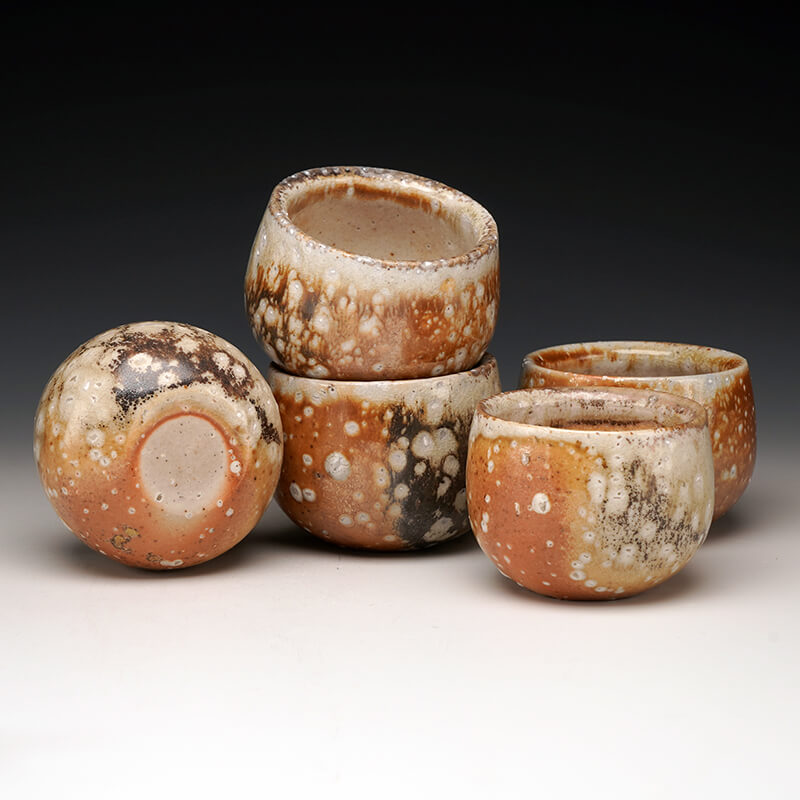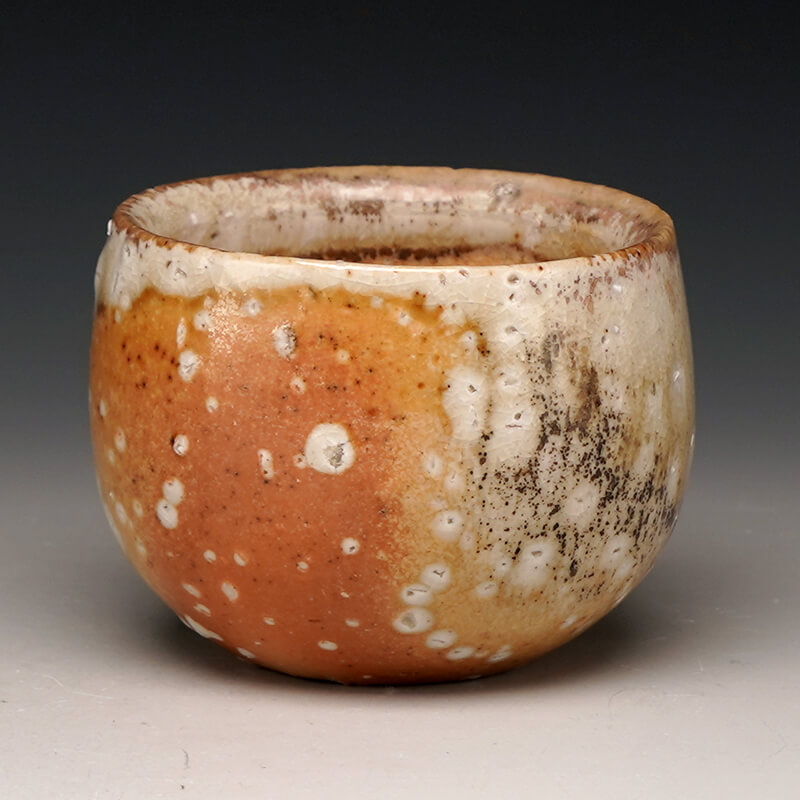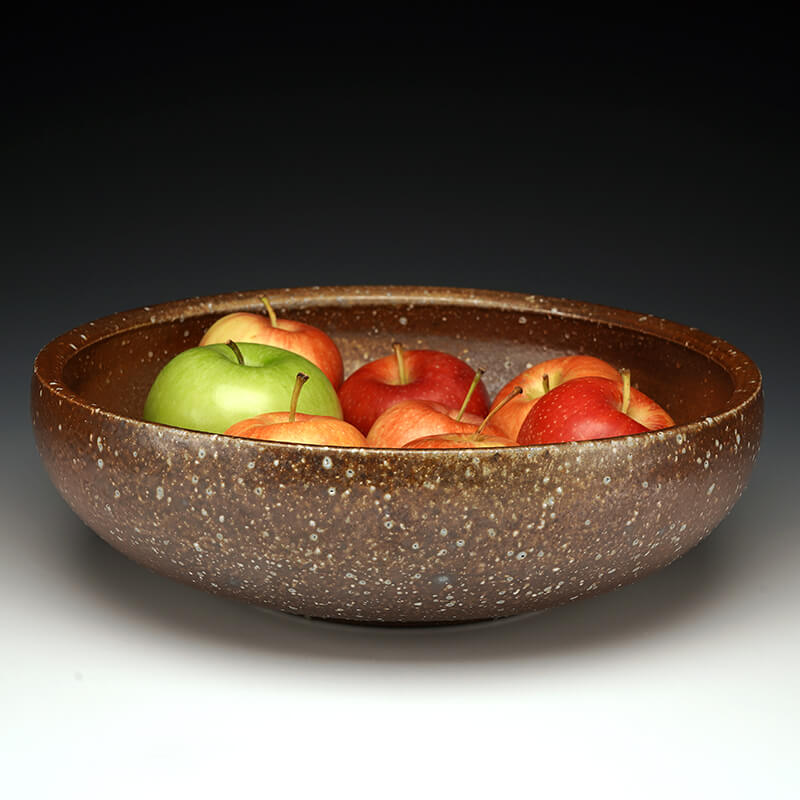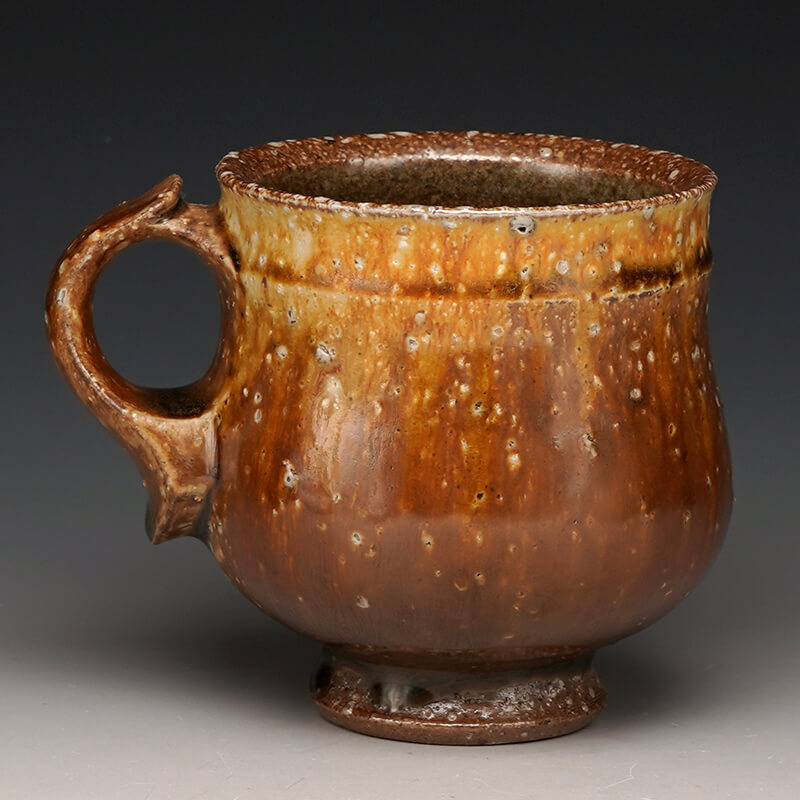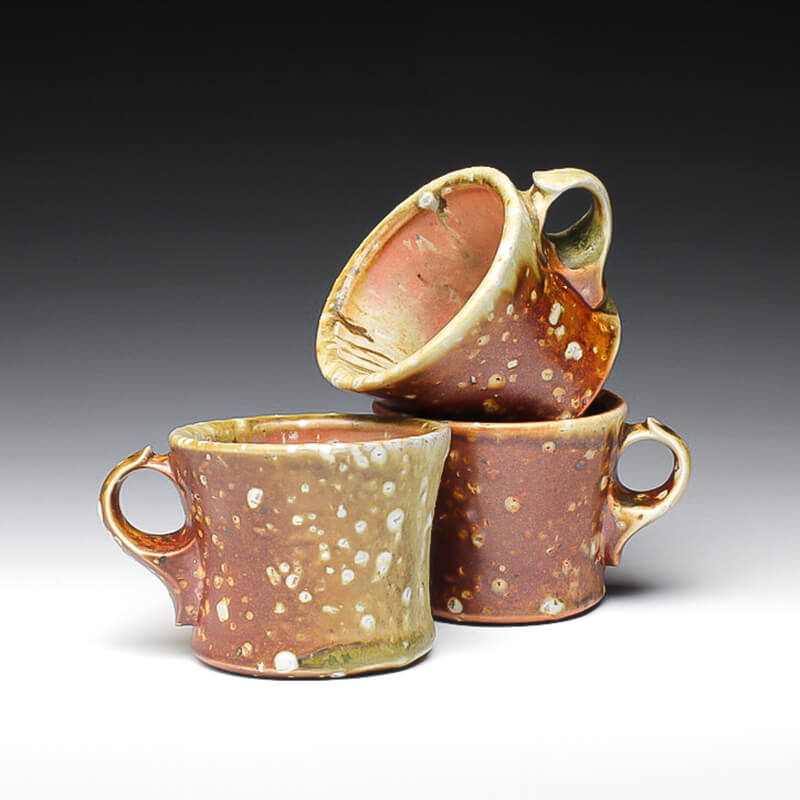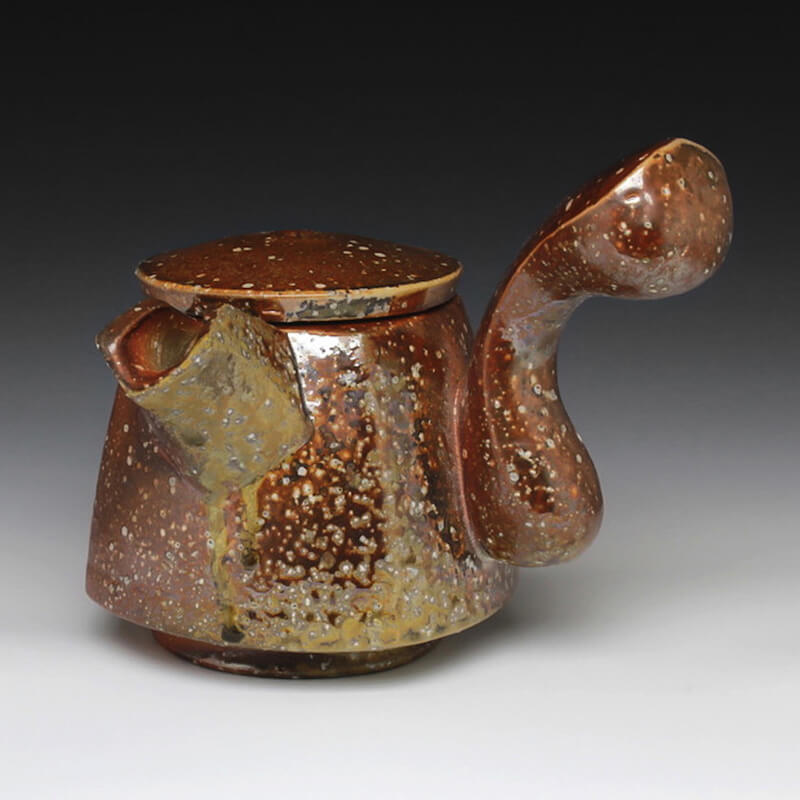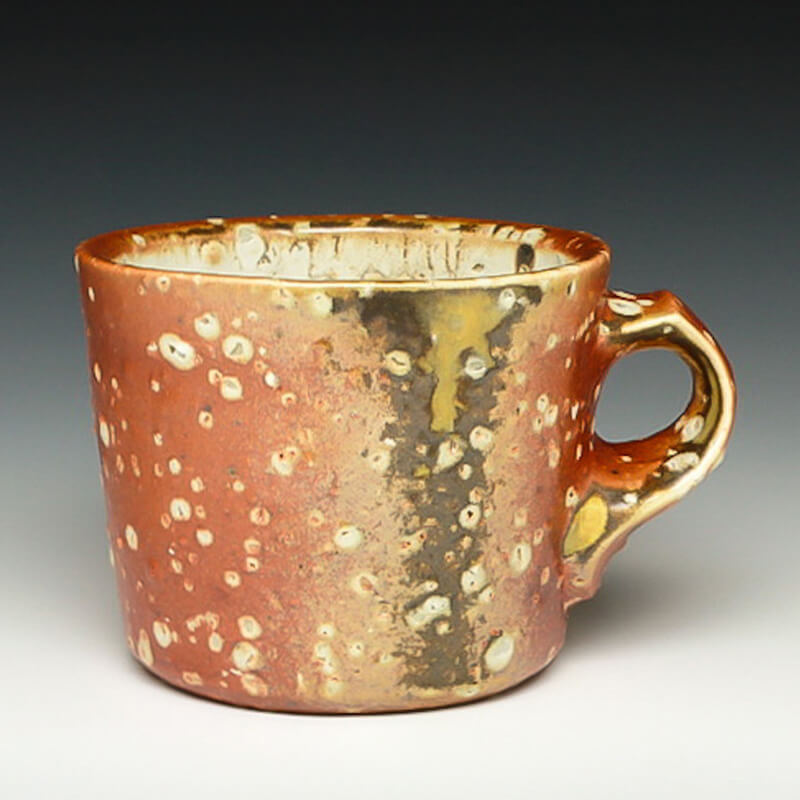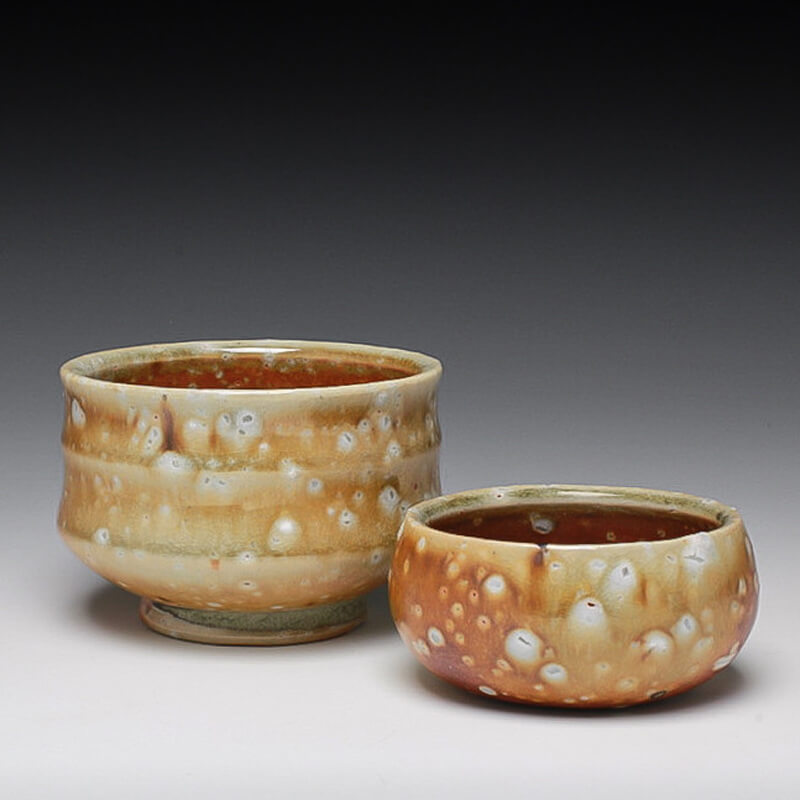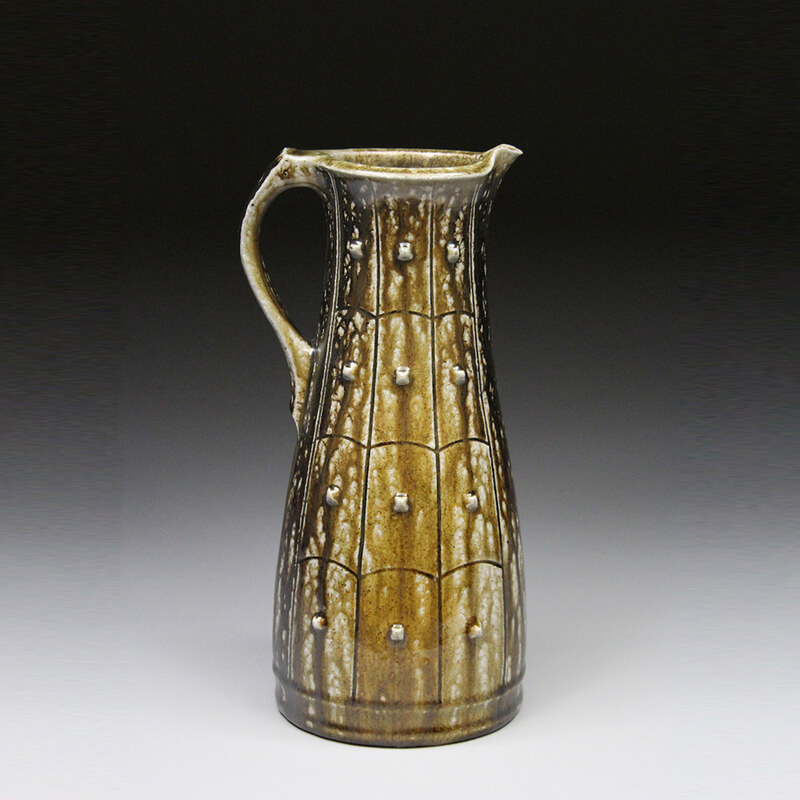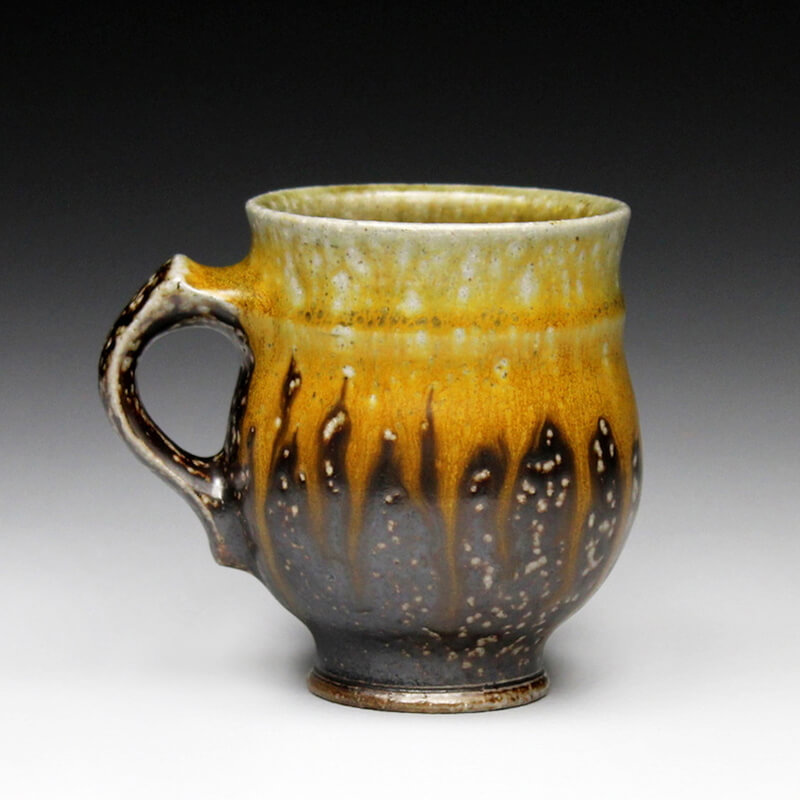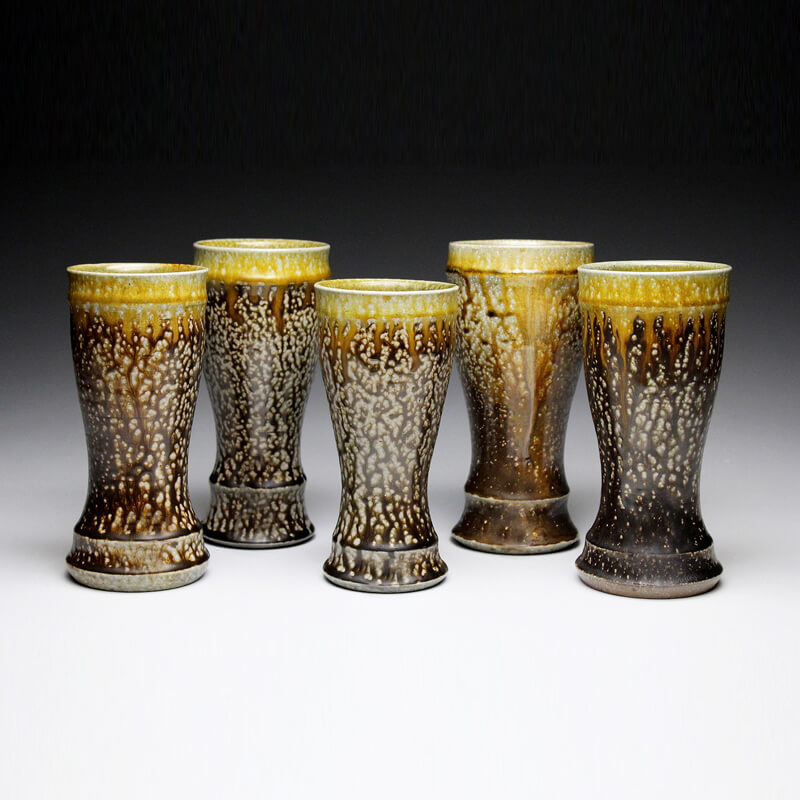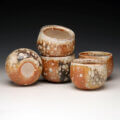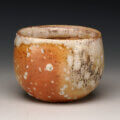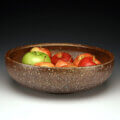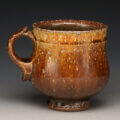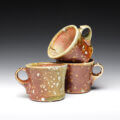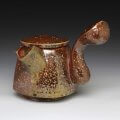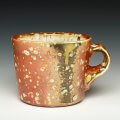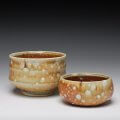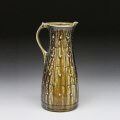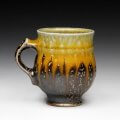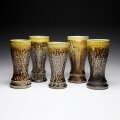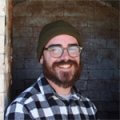
Red Lodge Clay Center, Long-Term Resident 2021 – 2022
Christopher Watt is a studio potter and educator specializing in the atmospheric-firing processes of salt-glazing and wood-firing. Presently based in Montana, Christopher’s work involves the production of wheel-thrown forms, preparation of local glaze materials and the resulting material evidence of the making and firing processes.
Christopher was born and raised in Vancouver, British Columbia, Canada. He completed a Master of Fine Arts degree at Utah State University in Logan, Utah, USA, a Bachelor of Fine Arts degree from Nova Scotia College of Art and Design University in Halifax, Nova Scotia, Canada and a three-year diploma in Art, Craft and Design from Kootenay School of the Arts at Selkirk College in Nelson, British Columbia, Canada.
In addition to teaching and being a working potter, his professional experience has involved a two-year apprenticeship in NYC with internationally celebrated ceramist Betty Woodman and artist-in-residence positions at the Banff Centre for the Arts and Creativity (Canada) and the Center for Ceramics of Berlin (Germany). From 2018 to 2021 he served as the Ceramics Program Director at Truro Center for the Arts at Castle Hill in Truro Massachusetts. Christopher is currently a Long-Term Artist-In-Residence at Red Lodge Clay Center in Red Lodge, Montana.
I am captivated by the intricate forming processes of atmospheric-fired pottery and locally sourced glazes — how the by-products of combustion create gases and wood ash particles that react with ceramic materials and form an irreplicable glazed surface. In the multiplicity of materialization processes and the social practices that arise from them, my work finds meaning. Unconstrained by fidelity to a single method of making, I am free to draw on an expanse of techniques in service of work that holds equal visual, tactile, and theoretical resonance.
Pottery is a social, material, and technical exploration. The essential premise of my work is knowledge of ceramic materials and technologies and the aesthetic sensibilities they produce. Ceramic material and kiln technology work in sync to produce a surface that directly references the ceramic process. Each vessel that I make is the product of ongoing practice-based research into wood-firing, salt-glazing, clay body development, and procuring local glaze materials. This evolving body of knowledge is distilled into the ceramic vessels I create: wheel-thrown forms with hand-built elements. The object-ness and materiality that arise from process inform the content of the work and give it contemporary relevance.
In the studio, I formulate my own clay bodies from commercial raw materials. In designing my own clay bodies I am able to customize the palette and texture of my fired works. My clay recipes are composed to be exposed ceramic surfaces that embrace atmospheric glazing and the use of a range of aggregates. These granular additives, combined with applied glazes and atmospheric-firing conditions, encourage surfaces of stipples, rivulets, and erosion. The surfaces convey notions of time, memory and nostalgia, creating unexpected narratives of the human experience and our ecological surroundings.
Outside of the studio, I gather igneous rocks, wood ashes, clays, and other calciferous materials for use as glaze components. Returning, I research and test these gleanings and process them into glazes that reveal the possibilities inherent in raw materials. These intensive methods produce beautiful surfaces that belie the labor they require. The slow, attentive experience of the process, however, gives rise to understandings that can only come from this scientific and philosophical pursuit.
While the practice of processing locally sourced glaze materials and producing atmospheric-fired pottery serves as a link to our landscapes, I am not solely focused on acknowledging the natural world as a source of raw materials. Instead, I am interested in emphasizing the skills and processes that have been developed to produce objects with these materials. I believe it is with practicing and advancing these craft skills and the social practices that emerge from them that we may create, build and further our understandings of our social and material selves.

